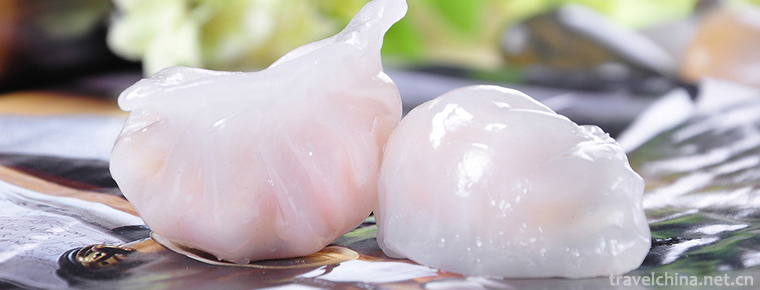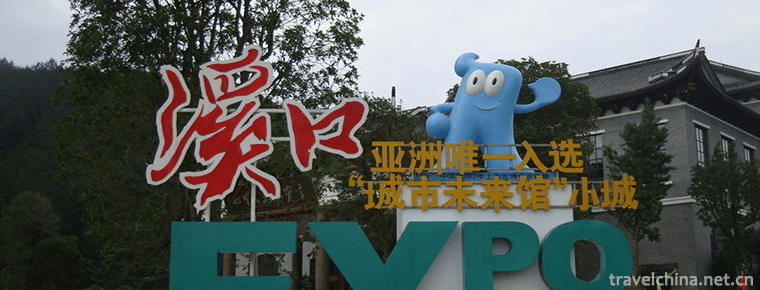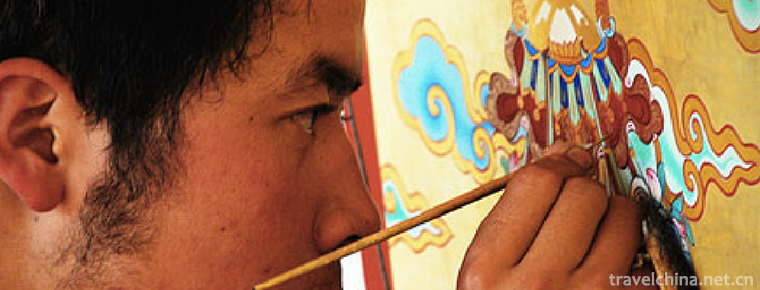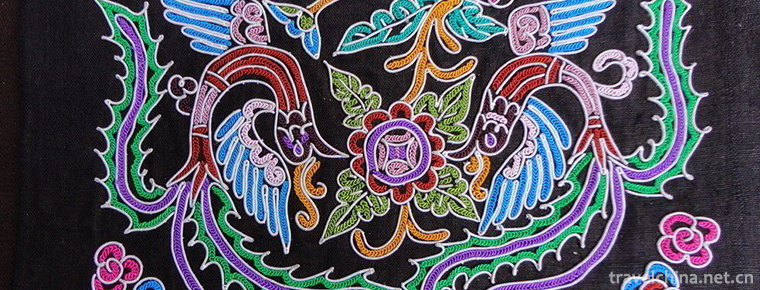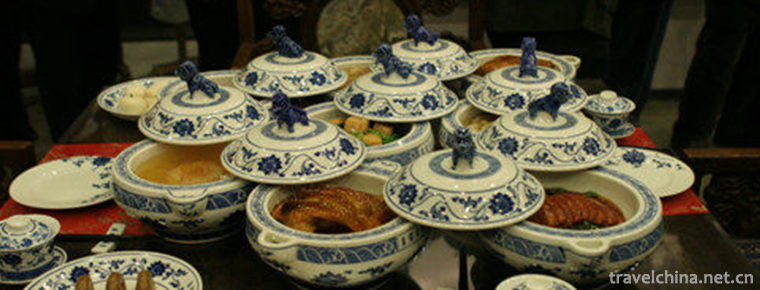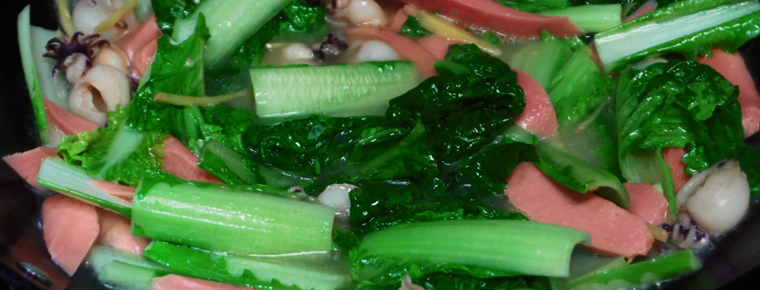North Sichuan Medical College
North Sichuan Medical College
North Sichuan Medical College is located in Nanchong City, a famous historical and cultural city in Sichuan Province and the birthplace of Three Kingdoms Culture. The school's predecessor was the North Sichuan Medical School founded in 1951. It was upgraded to a specialty in 1965 and a undergraduate in 1985. It was named North Sichuan Medical College. Since 2005, foreign students have been enrolled. In 2006, they have been granted the right to grant master's degree. In 2014, they have become the practice base of post-doctoral innovation in Sichuan Province. In 2016, they have been approved to set up new construction units for awarding doctoral degrees in Sichuan Province. The school has always carried forward the spirit of "hard struggle, continuous self-improvement", adhering to the school motto of "dedication, fraternity, seeking truth and innovation", and adhering to the idea of "people-oriented, quality-based life", and has now become a provincial higher medicine with medicine as the main body and coordinated development of medicine, literature, management, law and engineering. Universities and colleges.
The school has a good foundation. It has 21 colleges (departments and departments) including basic medical college and clinical medicine department, 21 undergraduate majors such as clinical medicine, stomatology and anesthesiology, medical imaging as a national characteristic construction specialty, medical imaging, medical laboratory technology, ophthalmic optics and anesthesiology as Sichuan characteristic specialties, and medical imaging. Oral Medicine, Anesthesiology, Clinical Medicine of Traditional Chinese and Western Medicine, Clinical Medicine and Ophthalmology are one of the enrollment majors in Sichuan Province. There are 10 provincial top-quality courses, 9 provincial top-quality resource sharing courses, 4 provincial top-quality online open courses, and 2 provincial-level experiments in the experimental teaching center of basic medicine and the experimental center of medical imaging. Teaching Demonstration Center. It has two campuses, Shunqing and Gaoping, three affiliated hospitals, 24 non-affiliated hospitals and 53 teaching practice hospitals.
The effect of school personnel training is obvious. There are more than 18,000 full-time students, including more than 16,000 undergraduates and 900 graduate students, forming a multi-level and reasonable structure of personnel training system. The school is the first batch of "Excellent Doctor Education and Training Program" pilot construction of undergraduate training base of medical imaging and clinical medicine in Sichuan Province; it passed the evaluation of undergraduate teaching level of the Ministry of Education in 2007, passed the examination and evaluation of undergraduate teaching work smoothly in 2017, and accepted clinical medicine smoothly in 2018. Academic Accreditation; Students have performed well in national competitions for several years, and successively won the second prize in the National Final of the National Medical College Students'Clinical Skills Competition and the first prize in the National College Students' Nursing Skills Competition; the passing rate of clinical, nursing and dental practice qualification examination is higher than the national average. Ping; In the past three years, the employment rate of graduates of this college has always remained above 95%, and that of graduates has remained 100%. For many years, the school has been appraised as "the advanced collective of employment work in Sichuan ordinary colleges and universities".
Teachers in schools are constantly optimizing. There are more than 1,100 full-time teachers, including experts enjoying special allowances from the State Council, leaders of academic and technological fields at the provincial and ministerial levels, outstanding experts with outstanding contributions from Sichuan Province, experts and scholars returning from abroad, and nearly 100 of them have formed a contingent of innovative teachers with young teachers as the main body, the combination of the old, the middle and the young. While focusing on professional quality, the school has vigorously strengthened the construction of teachers'ethics and professional ethics, and has been awarded "the advanced collective of the construction of teachers' ethics and ethics throughout the country".
The strength of school disciplines continues to increase. At present, there are 1 key disciplines of TCM in the State Administration of Traditional Chinese Medicine, 1 key clinical specialty, 1 key national specialty of TCM, 1 key disciplines in Sichuan Province and 22 key disciplines in Sichuan Province. Sichuan Post-doctoral Innovation Practice Base 1, joint training doctoral point 2. Graduate education in schools includes two types of academic degree and professional degree: academic degree has four first-level authorization points of basic medicine, clinical medicine, pharmacy and medical technology; professional degree has four authorization categories of clinical medicine, stomatology, nursing and traditional Chinese medicine; it covers basic medicine, clinical medicine, nursing, pharmacy, and traditional Chinese medicine. There are 32 second-level authorized points in 8 first-level disciplines of TCM, medical technology, public health and preventive medicine and stomatology. Clinical medicine ranks in the top 1% of ESI worldwide. The school is currently promoting the construction of first-class disciplines in an all-round way, focusing on the construction of two first-class disciplines of clinical medicine and basic medicine, and three first-class disciplines groups of pharmacy, biomedical engineering and Marxist theory.
The level of scientific research in schools has steadily improved. It has one provincial and ministerial key laboratory, one Sichuan Clinical Medical Research Center, one provincial and ministerial popular science base, four national secondary laboratories of TCM research, and one provincial and ministerial collaborative innovation center; four key laboratories in Sichuan universities, four key laboratories in Nanchong city, and four key humanities and social sciences research in Sichuan universities. One research base, one municipal Biotechnology Research Institute and 10 research institutes such as Medical Imaging Research Institute have been established. In recent years, it has undertaken more than 900 projects at various levels such as the National Natural Science Foundation and the National Social Science Foundation, and has won more than 50 provincial and ministerial awards for achievements. Teachers'academic papers have been published by international top academic journals such as Nature. The school publication Journal of North Sichuan Medical College is the core journal of science and technology in China.
The school's foreign exchange has been deepened and expanded. We have actively carried out international student education, recruited 370 students from 21 countries, including the United States, Canada and India, ranked second in the province, and in 2017 was elected as the governing unit of the International Medical Branch of the Chinese Association for Educational Exchange; we have formed a sister university with Toledo University in the United States, and Taiwan Fuying University of Science and Technology. Swansea University, Saskatchewan Polytechnic Institute of Canada, Tokyo Women's University of Japan, ASEAN Education Center and other institutions of education and scientific research have established good cooperative relations, actively carry out teacher training, scientific research cooperation, exchange of students and other exchange activities; and carry out strategic cooperation with Nanchong City to build a high-level medical university. School-enterprise cooperation, School-School cooperation and School-College cooperation have been promoted in an all-round way; cooperation with the Guangdong Provincial Committee of the Democratic League of China has been deepened continuously, and Jinan University has established a training base for doctors of clinical medicine in schools; and has successfully held such influential conference activities as the annual meeting of president of Chinese hospitals `Entering the Great Southwest'-Tianfu Summit.
Schools play an active role in social responsibility. We should focus on improving the supply of medical services, optimize the regional medical structure and enhance the quality of medical services. The hospitals affiliated to North Sichuan Medical College and the central hospitals affiliated to Nanchong City continue to deepen the reform of public hospitals, with medical services radiating more than 33 million people. The Second Affiliated Hospital of North Sichuan Medical College has been built and put into operation. The International Hospital of North Sichuan Medical College is speeding up its construction. Actively participated in the rescue and rescue work of "5.12" Wenchuan Earthquake, "4.20" Ya'anlushan Earthquake, 6.30"Extreme Flood Disaster,"8.8"Jiuzhaigou Earthquake, and"8.2"Explosion in Kunshan, Jiangsu Province, and won high praise from the society. Fully fulfilling the task of poverty alleviation and tackling the key problems, in accordance with the working idea of "one body, multi-wing and systematic advancement" with health-oriented poverty alleviation and supplemented by financial support, education and intellectual support, and industrial support, we will coordinate the work of precise poverty alleviation Counterpart Assistance in Yingshan County, Daocheng County and Rangtang County, etc., which is well coordinated by the people and the local government. Commentary.
At present, guided by Xi Jinping's socialist thought with Chinese characteristics in the new era, the school deeply implements the spirit of the Nineteenth National Congress of the Party, comprehensively implements the Party's educational policy, focuses on deepening the comprehensive reform, solidly advances the connotation construction, continuously improves the quality of running a school, and strives to build a school with distinct characteristics, outstanding advantages and satisfactory people. Regional high-level medical universities have made new and greater contributions to promoting the strategy of "Healthy Sichuan" and "Healthy China".


-
Terracotta Army
Terracotta Warriors and Horses, terracotta warriors and horses of Qin Shihuang, also referred to as terracotta warriors and horses or terracotta warriors and horses of Qin Dynasty.
Views: 176 Time 2018-11-11 -
Crystal shrimp dumplings
Crystal shrimp dumpling is one of the traditional Cantonese tea house snacks. It is as famous as dry steamed cooking, fork cooking and egg tarts..
Views: 188 Time 2018-11-14 -
The classical gardens of Suzhou
The classical gardens of Suzhou / Suzhou classical gardens, referred to as Suzhou gardens, are world cultural heritage, national AAAAA class tourist attractions.
Views: 264 Time 2018-12-06 -
Fenghua Xikou Tengtou Tourist Scenic Area
Fenghua District, Ningbo City, Zhejiang Province, is under the jurisdiction of the established towns, the first batch of famous national landscape tourism towns.
Views: 173 Time 2018-12-07 -
Xinglong mountain
Xinglong Mountain is the nearest National Natural Forest Reserve to Lanzhou City. It is located five kilometers southwest of Yuzhong County, Lanzhou City, 60 kilometers away from Lanzhou City.
Views: 172 Time 2018-12-24 -
Tibetan Thangka
Tibetan Thangka, also known as Tangga, is a transliteration of Tibetan language. It is a scroll painting mounted on satin fabrics. It is a kind of painting with Tibetan cultural characteristics.
Views: 164 Time 2019-04-15 -
Aquatic horsetail embroidery
Horsetail embroidery is a special embroidery technique inherited from generation to generation by Chinese aquarium women, which is the oldest and most national characteristic. It takes horse tail as a.
Views: 131 Time 2019-06-16 -
Tin carving
Tin sculpture, the traditional Chinese sculpture art, is a unique craft in China and even in the world. It has a history of more than 300 years. The craft has a long history and has a long history. In.
Views: 331 Time 2019-07-01 -
Cuisine Skills of Official Cuisine in Zhili
The culinary skill of official dishes in Zhili is a precious cultural heritage of Baoding ancient city. Since the Qing Dynasty and the Republic of China, official cuisine and cooking skills in Zhili h.
Views: 144 Time 2019-07-25 -
Sausages with cuttlefish
Cuttlefish, also known as cuttlefish, squid. Cuttlefish is delicious, nutritious and of high medicinal value. It is rich in protein, fat, inorganic salt, carbohydrate and many other substances. In add.
Views: 251 Time 2020-04-10 -
Luzhou natural resources
The total amount of water resources in Luzhou is 6.657 billion cubic meters per year. The groundwater reserves are rich, reaching 1.065 billion cubic meters per year, among which Xuyong and Gulin counties in the south are the richest. The structural fissure water in the south.
Views: 345 Time 2020-12-14 -
Social undertakings in Luzhou
As of the end of 2018, Luzhou has added 1 provincial key laboratory, 1 provincial engineering technology research center, 4 incubators of science and technology enterprises above the provincial level, and 16 national high-tech enterprises. The annual output value of high-tech reached 38.
Views: 351 Time 2020-12-14

